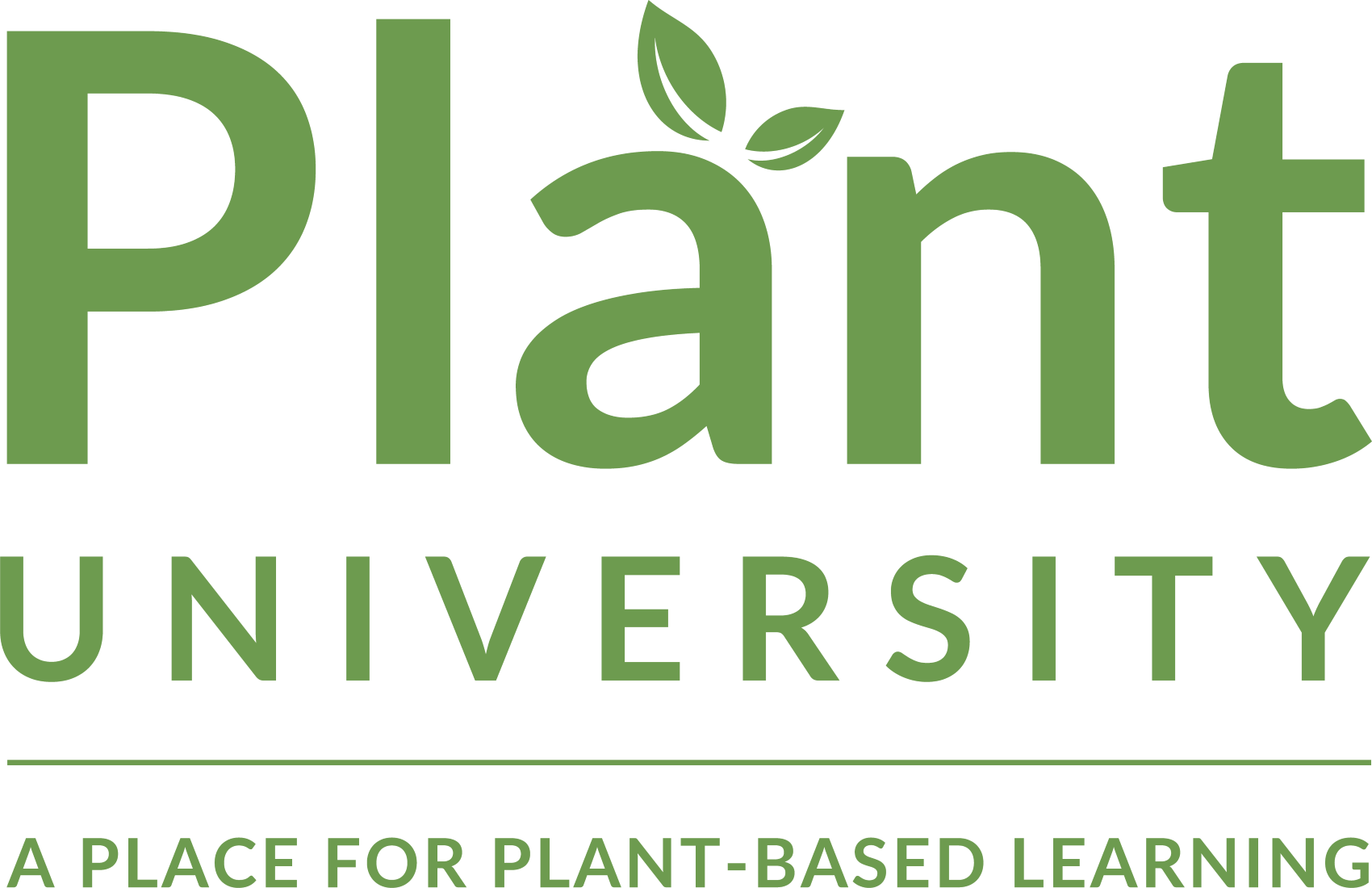Farmed animal welfare issues in Canada part 2 – farmed animal protection laws in Canada

Today, for the Vancouver Humane Society’s PlantUniversity platform, we’re going to explore the issue of farmed animal welfare in Canada. Animal welfare refers to an animal’s well-being, both physically and mentally.
In Part 2 of this series, we’ll explore the laws that relate to farmed animal welfare in Canada and how they fall short, as well as how they can be improved.
Every level of government in Canada including the federal, provincial and municipal, is responsible for the protection of animal welfare. Unfortunately, existing laws used to prosecute animal cruelty are not comprehensive and there are many gaps and exemptions. The laws are difficult to enforce and they still permit certain farming practices to be exempt from the law because they are seen as quote “reasonable and generally accepted practices of animal management”.
These gaps and exemptions mean that hundreds of thousands of animals continue to suffer on farms, during transport journeys and at slaughterhouses. This leads us to the question of who decides what “reasonable and generally acceptable practices of animal management” are to begin with?
In Canada, this has largely been left up to the animal agriculture industry itself to decide. The National Farm Animal Care Council is a largely industry-dominated organization which creates standards of practice for the care of animals on farms. These standards, called codes of practice, have become guidelines for what is considered acceptable practice in the industry. However, they aren’t legally required or proactively enforced by government.
The current codes still allow for concerning practices to be considered reasonable and acceptable, such as the use of electric prods to move animals; painful procedures without the use of pain control and the stressful separation of mothers and their babies at ages much younger than would occur naturally. For example, the dairy code of practice recommends separating mothers and calves shortly after birth.
The codes of practice also allow animals to be deprived from engaging in behaviours that are instinctual for them, such as pigs not being given materials to build nests with. This can lead to frustration and self-harm, such as chewing on bars and breaking teeth.
As animal farming has industrialized over the years, animals are increasingly being kept indoors and out of public sight.
Branding and labeling on products in grocery stores make it appear as though farmed animals are living happy, idyllic lives, but this couldn’t be further from the reality.
In recent years, numerous undercover investigations in Canada have shed light on the hidden reality of today’s industrialized animal agriculture system. But, instead of addressing the problem of how farmed animals are kept and mistreated, governments are increasingly passing what are known as “ag-gag” laws, which make it an offence to document conditions in the animal agriculture industry. These ag-gag laws are intended to deter whistleblowers and prevent undercover footage from surfacing.
This further undermines transparency, accountability and public trust. When these issues come up, the animal agriculture industry and the government are more concerned with making the public more trusting, than with changing the conditions that farmed animals experience.
Now that you’ve learned more about the laws that relate to farmed animal welfare in Canada and the gaps and flaws that exist, we encourage you to watch part 3 of this series, which will go into detail about the actions that we can take to help protect farmed animals and create change.
If you found this video helpful, please consider sharing it.
And don’t forget to subscribe to the Vancouver Humane Society’s PlantUniversity platform and email list to stay up to date on new content and to help animals!
Learn more:

Learn ABOUT ANIMAL SENTIENCE AND INDUSTRIAL AGRICULTURE
Farmed Animal Welfare Issues in Canada – Part 1
Learn more about who farmed animals are and how they are treated in the animal agriculture system.

LEARN HOW TO TAKE ACTION FOR FARMED ANIMALS
Farmed Animal Welfare Issues in Canada – Part 3
In part 3, we look at actions we can take to help protect farmed animals and create change.
